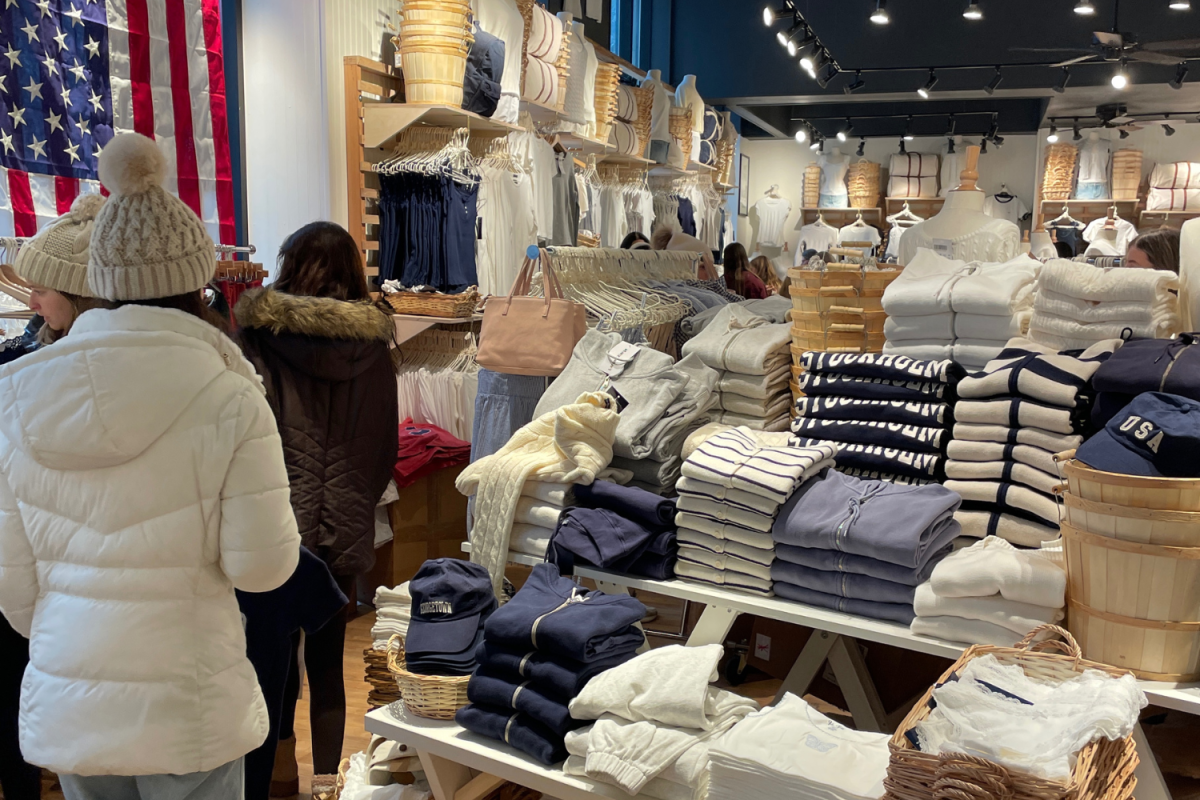Clothing is more than just fabric stitched together; it is a powerful tool of expression and identity. From the clothes one wears daily to the outfits selected for special occasions, fashion communicates who someone is, what they believe in, and even their social status.
Fashion allows individuals to showcase their unique identity. Personal style can be an outward expression of inner thoughts, emotions, and personality traits. Someone who prefers dark, structured clothing might be perceived as serious or reserved, while a person who embraces colors and patterns may seem outgoing or creative. The choices people make—whether intentional or subconscious—reveal aspects of their identity to the world.
Psychologically, clothing can influence confidence, behaviors and mindsets, referred to as “enclothed cognition.” Wearing a well-tailored dress or suit can make a person feel more powerful, while comfortable causal clothes can promote relaxation. The phrase “dress for success” stems from the belief that clothing can shape our attitudes and performance in various settings. Dania Hassan (12) states, “I wear what makes me happy and comfortable, like sweatpants from Brandy Melville or lots of Nike shorts because I’m in school, and I need to be happy and comfortable.”
The garments individuals choose to wear often create a tapestry of connection with others, reflecting shared values, interests, and affiliations. Countless subcultures, such as Kawaii with its playful pastels and whimsical motifs, Goth defined by its dark, moody palettes and intricate symbolism, Punk with its rebellious edge and DIY ethos, Old Money exuding timeless elegance and understated luxury, and the serene, nature-inspired aesthetic of Cottagecore, each carve out their own unique identity through distinct fashion expressions.
For many young people, self-discovery involves experimenting with diverse styles, navigating through the realms of vintage charm, the bold vibrancy of streetwear, and everything in between. This playful exploration allows individuals to uncover what resonates with their authentic selves, transforming clothing into a powerful medium for self-expression and belonging. In this vibrant mosaic of aesthetics, each outfit becomes more than mere fabric; it evolves into a statement of identity, a badge of allegiance, and a canvas for personal narrative.
Overall, clothing is more than just a necessity; it reflects identity and expression through individual style or participating in viral trends or subcultures. The way one dresses can shape perspectives and interactions, making it one of the most dynamic forms of impressions.

